Description
Birdmouth Wrasse Juv/Female, Gomphosus varius, sometimes go by the name bird wrasse. From the adults’ appearance, it’s easy to see why. These elegant fish have slender, laterally compressed bodies and prominent long snouts. Much like a beak. The swimming pattern of birdmouth wrasse is also peculiar. As they swim they flap their pectoral fins which results in a jerky motion. As a result of their unique look, these fish are perfect for someone after something different but still beautiful.
Birdmouth Wrasse Juv/Female are white at their head but the colour graduates to black along its body. Dark rimmed scales result in the wrasse having an intricate crosshatch pattern. On the other hand, Males are more uniformly patterned and are brightly coloured. They have deep, blue green heads and green bodies. A yellowish stripe over the gill separates the two shades.
Birdmouth Wrasse Juv/Female, Gomphosus varius, ecology:
These fish live in the Indo Pacific. Their range from: Fiji, Hawaii, Sri Lanka, Tonga and to Vanuatu. The intricate structures on the reef help the fish avoid predation. Failing that, the Birdmouth Wrasse Juv/Female will also quickly disappear by burying themselves in the sediment. Reef habitats also allow the wrasse to hunt for: shrimp, brittle stars, arthropods, fish and mollusc in relative safety.
Birdmouth Wrasse Juv/Female are found either alone or on in small groups on coral reefs, or in lagoons. These wrasse are protogynous hermaphrodites. Which means that, when they get old enough, breeding females will turn into a male.
Bird Wrasse in the Aquarium:
It is important to copy the natural environment by providing plenty of nooks and crannies for the fish to explore. There should also be a good sand bed for the wrasse to hide in. Hobbyists should invest in a jump guard to stop any unfortunate loses.
Birdmouth Wrasse Juv/Female do best when fed a varied diet. They will accept frozen mysis and krill, that we enrich with garlic and vitamins. These additives are extremely useful for supporting fish immune systems. They will also eat live foods, such as feeder shrimp. Over time, they will accept high-quality pellet or flake. We adapt all our wrasse to aquarium life before they leave us. We focus on their health, and most are eating a good quality flake food and/or pellet, such as JBL Maris, before being offered for sale.
The Fish pictured here are representative only and the livestock you receive may vary in pattern, coloration, and shape.

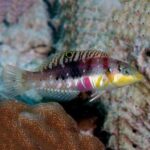
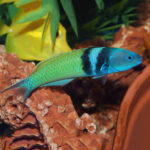


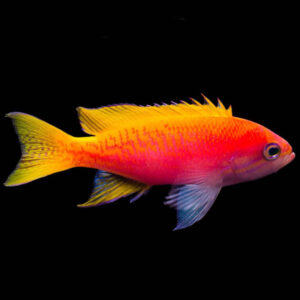
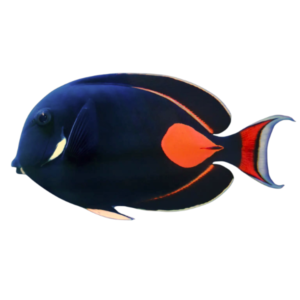
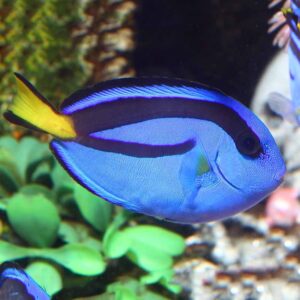
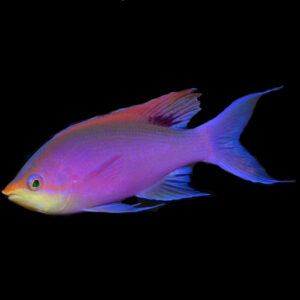
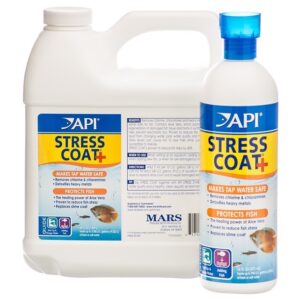 API Stress Coat 1Gal
API Stress Coat 1Gal
Reviews
There are no reviews yet.